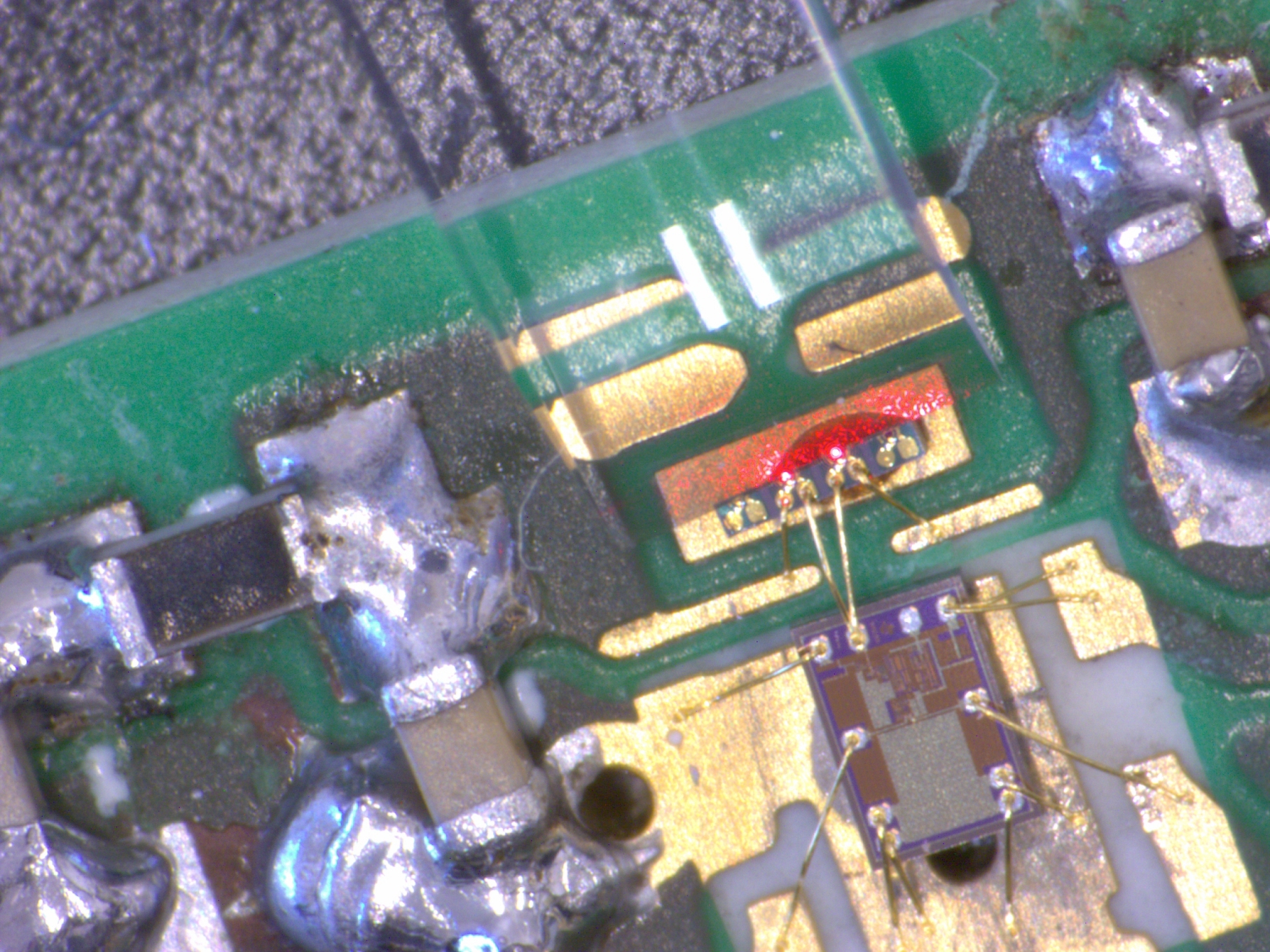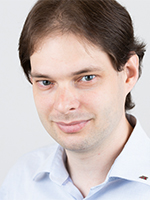Continuous-variable (CV) quantum communication is considered as a contender with credentials to tackle this preclusion. It evades the need for Geiger-mode photodetection by means of coherent optical reception of highly attenuated coherent states. CV-based QKD, as a representative application of quantum communication technology, exploits the Heisenberg uncertainty of coherent quantum states to securely generate random keys among two end-nodes. Although the use of coherent reception fits squarely in the roadmap of system integrators and despite the technological overlap with optoelectronics as found in telecom and datacom transceivers, CV signal reception requires noise-tailored opto-electronics. Moreover, simplification of state-of-the-art reception methods is greatly needed if CV-based quantum communications shall become a commodity in a vibrant eco-system for future quantum infrastructures.
EQUINOX has been set up as a concerted effort to tackle these two challenges. As a multi-disciplinary exploratory project, it develops the required opto-electronic circuits for unprecedented noise credentials for CV applications. EQUINOX will conduct preliminary design work concerning low-noise transimpedance amplifiers for 250-MHz and 1-GHz quantum receivers in long-reach CV-QKD applications and will investigate the possibilities for monolithic co-integration of visible-light balanced photodetectors on the same receiver chip. On top of this, EQUINOX investigates methods to alleviate present-day CV-QKD implementations from bulky and non-integrable componentry, such as polarization controllers, and will endeavor an experimental proof of a CV-QKD system with digitized polarization management. By doing so, EQUINOX goes beyond component-level advances as it strives for a significant reduction in system complexity, thus making CV-QKD potentially accessible under a more cost-sensitive deployment setting.
Start: 01.05.2021
End: 30.04.2022
Goals:
- Feasibility proof of a low-noise GHz-class CV receiver
- Proving simplified CV-QKD – omitting technologically complex componentry – feasible




